Three audio walks from a workshop on Imaginary Tourguiding
We took journeys to Canada, Southeast London and Cairo without leaving our seats
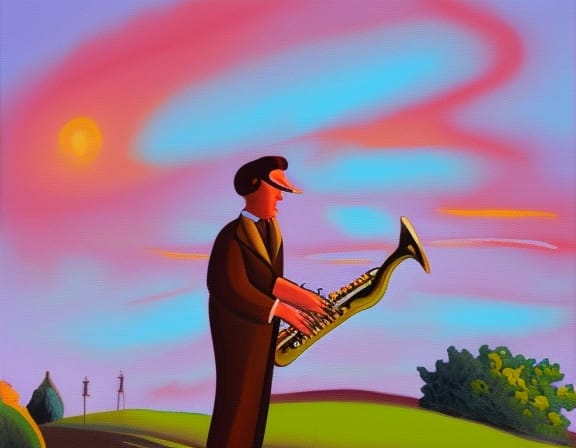
Enter on a street corner that slopes up. Buildings start to disappear. Trees start to appear in their place. You are walking into the sky. You follow the path until you have an aerial view of South East London. You follow the path up. In this slope in the sky, people play tennis, listen to music, paint with their friends in the grass, drink coffee. - Megan Reddy
I had a really great time leading a workshop at Queer Youth Art Collective (QYAC) last month.
The session began with me explaining my practice in official and grassroots forms of heritage. I see this as basically museum work versus zines/DJing/walks, which are all ways we document and remember our culture.
We talked about the importance of being grassroots heritage practitioners, because as queer people, it's not a given that we will be recorded in history. That's why we have to make active efforts to incorporate ourselves in.
I shared my process of how I write, design, and scope out locations for my heritage walking tours (the powerpoint I made is here and it shows you how my notes look when I write the tours). I shared a list of archives to go to do research on local history and then shared more on my recent thinking. I've been trying out a departure from pure factual research and basing more of my walks on experiences and interpretations. When I only deliver facts I keep finding that attendees have a unending list of questions that I can't always answer no matter how much research I do, and I started to find that the walks were more fulfilling when I could inject a more personal aspect. I feel it is a sucessful experience if I can make it into dialogue between me and you and the people who walked in the space before.

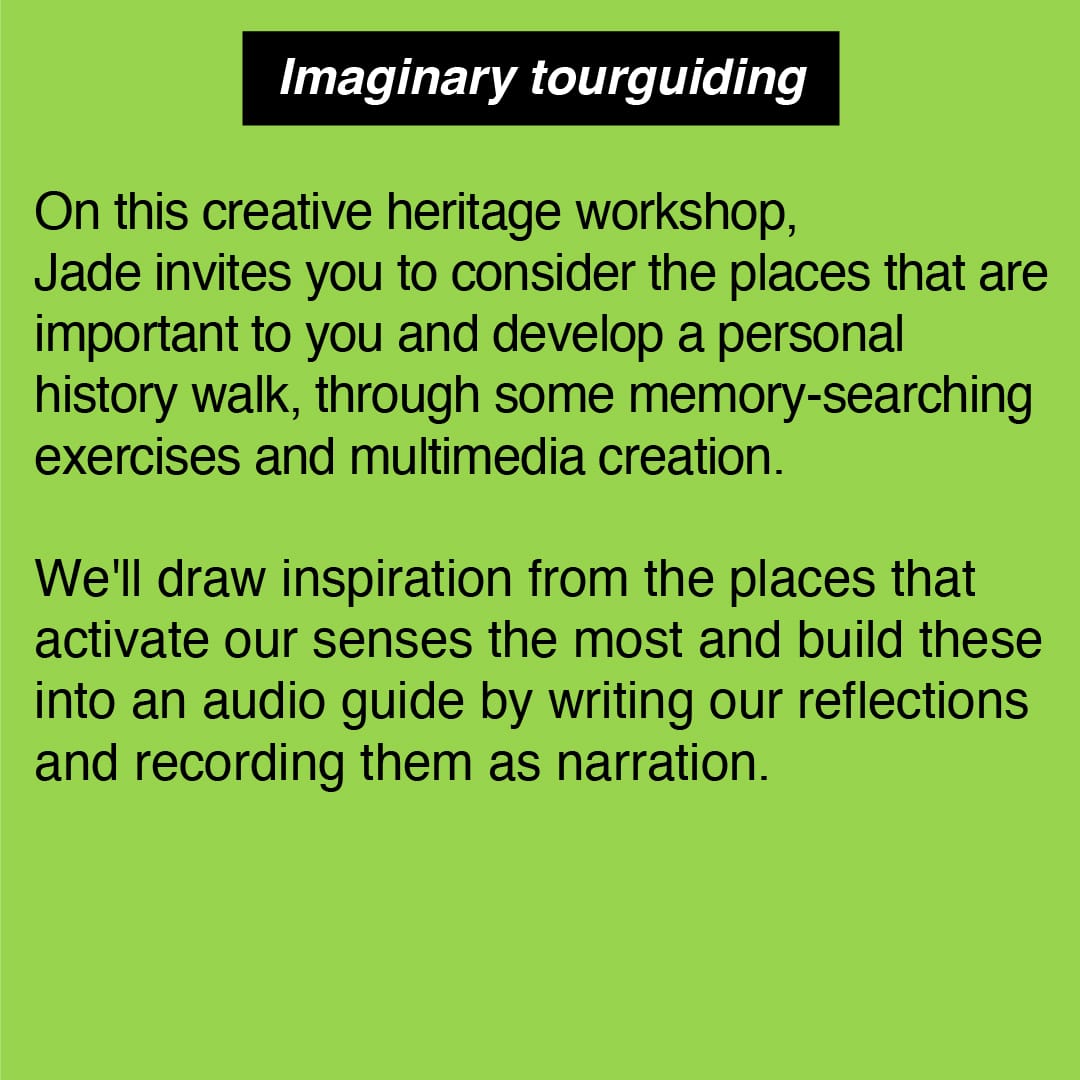
In the exercise we did, I invited the collective to choose some locations to create an audio experience about. I suggested the audio could evoke nostalgia, agitate the participants to action, or provide education. After doing some exercises in remembering, and writing this down, they recorded their pieces in pairs and the results were extremely beautiful. Megan wrote about Hillyfields in London.
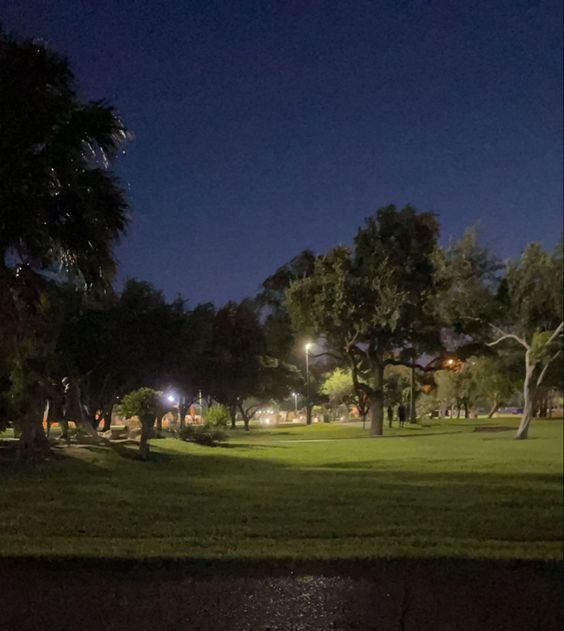
[...] You can see double deckers driving at the bottom of the hill. You can see sun bouncing off the City of London in the opposite direction. You can watch the sunset, then you can look at lights of streets far away. You can voice note your friends on the hill or do a meditation or read poetry. Looking at the lights makes you miss people.
There are kids zooming down the hill on line bikes. There are running groups who play music. There are boys who play basketball, the court on the courts. There's enough space for everyone's music. There are usually pairs of older women having catch ups. You often think every kind of person is here. You can spend no money and have a good time.
The first time you went here was an accident. Walking with a friend uncovered it. And this day is written into the grass here. So you're never lonely.
Ronan reflected on a place from their childhood, which they used to visit pretty much every week. It was called the Swiss Club, in Cairo, and it had undergone a great amount of change. You could tell it was a place of joy and magic for Ronan.

[...] In the past, it used to be owned by a Swiss man who owned a large area of land and had stables and large property. It used to go down all the way to the riverbank, the Nile. There used to be a swimming pool and a treehouse near a small basketball court area. The swimming pool later got filled in and the treehouse taken down.
[...] There was always the chatter of adults around the tabling areas, and the sounds of children playing and running around. Depending on the day, there might be a birthday party or a venue in the area. The stables got turned into a dance studio, and ballet classes for children and teenagers were held there. [...]
Sage spoke about a place called Queen's Wood. They were a skilled storyteller - though their piece was short it evoked an amazing sense of curiosity and wonder.
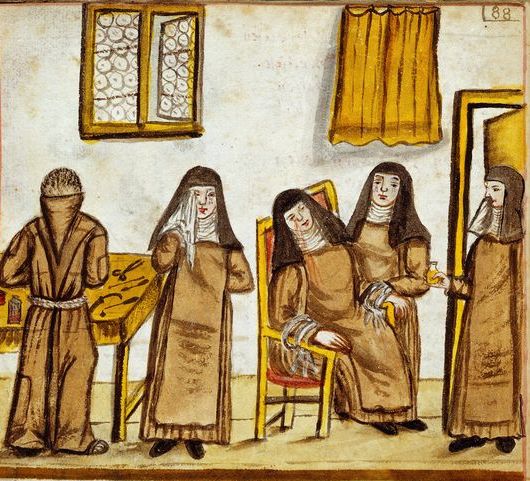
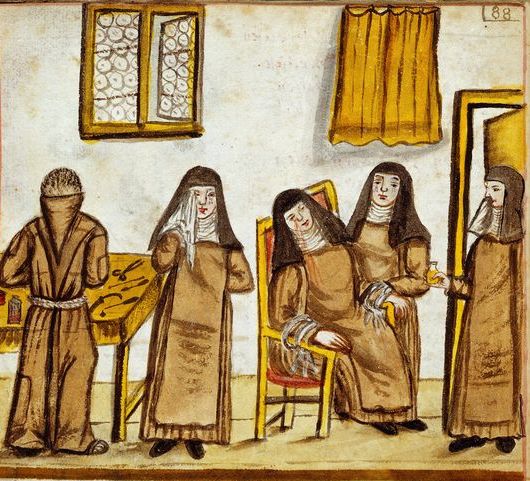
Queenswood used to be a nunnery before it was bought by the university and let to a software company. When it had just been bought, my friend and I wandered around the abandoned residences and stuck little notes in doors and keyholes which said, "Bring back the nuns".
When it was running, they would host Buddhist lectures and silent retreats. My mom went on a silent retreat there. Recently, I went to a cave-like shrine and went in expecting to find something inside, a votive statue or something to pray to, but it was empty. Jesus had gone for a walk.
There's a tag at the top of what used to be the chapel. My brother put it there, I heard.
I was talking about how I see DJing as a heritage practice, and those who wanted to find soundtracks to their guides did so. Megan and Sage made selections that gently crafted the atmosphere of their scenes. It all came together in over half an hour, lo-fi style, on our phones.
My friend Tice Cin throws amazing poetry events and club nights as her project Neoprene Genie, where the performers read over otherwordly instrumentals. She's amazing at pairing word with sound. I have her to cite as an inspiration for not just this workshop but a lot of my creative practice.
As an initial experiment, I really liked how this went. Fredde, who runs QYAC, was ideal as a producer who encouraged me as an artist to bring a medium I wanted to explore to the table. I had been thinking about either making zines or doing something else that I hadn't explored as much. He said not to worry if it wasn't an immediately obvious or popular topic since the QYAC project seeks to test and push the members where they can. Their commissioning process was reassuring and accessible: they offered me sick pay at the same rate as the workshop itself, a research budget for books, and provided several deadlines (that were flexible) all in explicit terms in an artist agreement. Plus a nice form for providing all of the programming information they needed. It proves that it possible for arts organisations to hire artists freelance in a way that doesn't increase the precarity they experience. Fredde says the QYAC team understand because they've been those artists on the end of it themselves.
Overall I was so moved by the poetic skill and creativity of the group. The producers and other facilitators were caring and reflective about labour practices and accessibility. And because of that we were able to make an intimate, thoughtful space together.